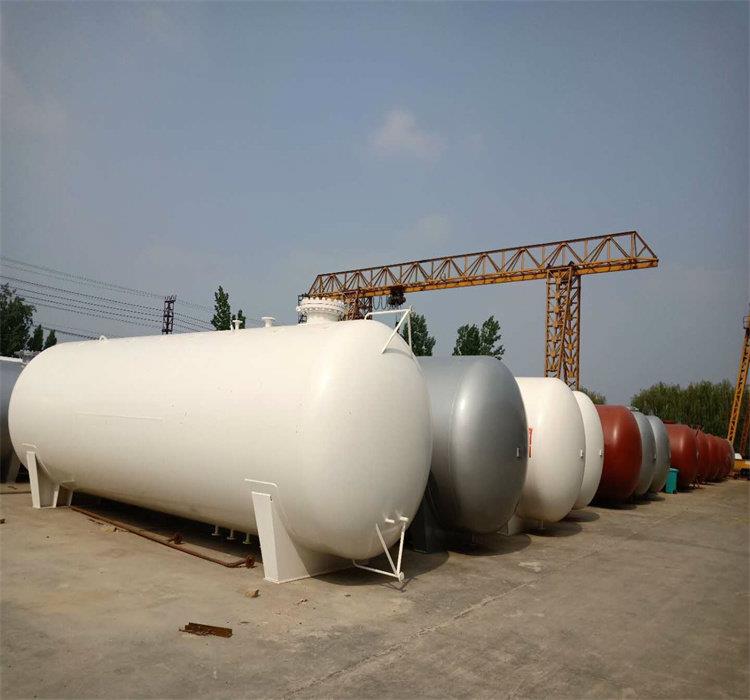The conversion of propylene into propylene oxide is a complex process that requires a thorough understanding of the chemical reaction mechanisms involved. This article delves into the various methods and reaction conditions required for the synthesis of propylene oxide from propylene.
The most common method for the production of propylene oxide is through the oxidation of propylene with molecular oxygen in the presence of a catalyst. The reaction mechanism involves the formation of peroxy radicals, which then react with propylene to produce propylene oxide. The catalyst plays a crucial role in this reaction, as it lowers the activation energy required for the formation of peroxy radicals, thereby enhancing the reaction rate.
One of the most widely used catalysts for this reaction is silver oxide, which is loaded onto a support material such as alpha-alumina. The support material provides a high surface area for the catalyst, ensuring efficient contact between the reactants and the catalyst. The use of silver oxide catalysts has been found to result in high yields of propylene oxide.
The oxidation of propylene using a peroxide process is another method that can be employed for the production of propylene oxide. In this process, propylene is reacted with an organic peroxide in the presence of a catalyst. The peroxide reacts with propylene to form an intermediate free radical, which then decomposes to yield propylene oxide and an alcohol. This method has the advantage of providing a higher selectivity for propylene oxide compared to the oxidation process.
The choice of reaction conditions is also crucial in determining the yield and purity of the propylene oxide product. The temperature, pressure, residence time, and mole ratio of reactants are some of the important parameters that need to be optimized. It has been observed that increasing the temperature and residence time generally results in an increase in the yield of propylene oxide. However, high temperatures can also lead to the formation of by-products, reducing the purity of the desired product. Therefore, a balance between high yields and high purity must be struck.
In conclusion, the synthesis of propylene oxide from propylene can be achieved through various methods, including oxidation with molecular oxygen or peroxide processes. The choice of catalyst and reaction conditions play a crucial role in determining the yield and purity of the final product. A thorough understanding of the reaction mechanisms involved is essential for optimizing the process and obtaining high-quality propylene oxide.
Post time: Mar-18-2024





